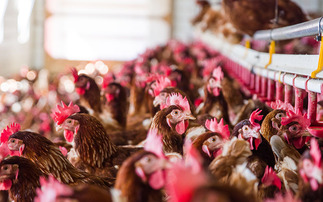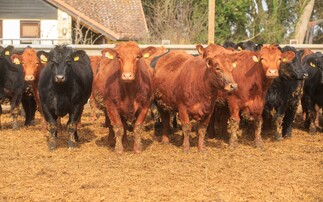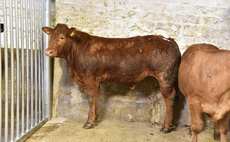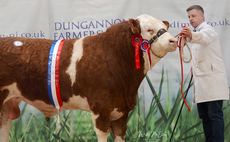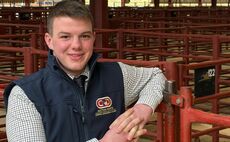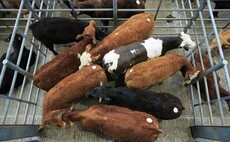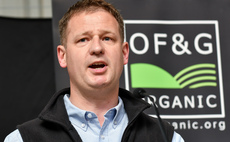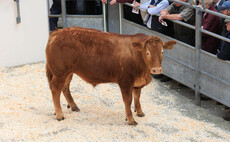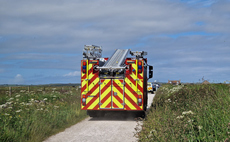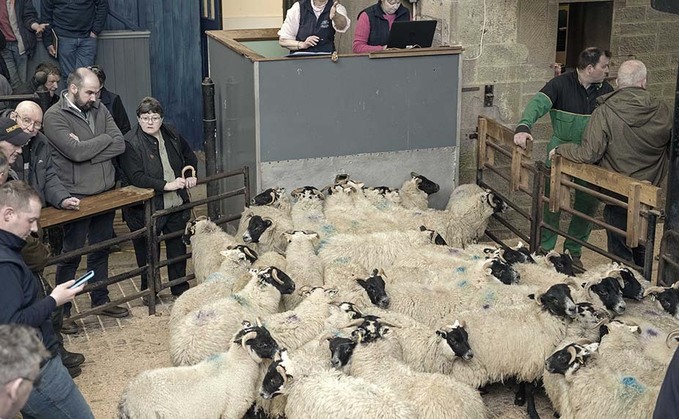
According to the Institute of Auctioneers and Appraisers in Scotland (IAAS), sheep numbers were up while cattle numbers saw a fall, but cull cow numbers saw a significant rise.
Alan Hutcheon, IAAS president, said: "Markets recorded total throughput of 2.76m head of livestock, a small increase on the previous year, generating just over £605m for the 2022 calendar year."
Auction markets
Total cattle numbers were down by just over 3.5 per cent, reflecting the continued decline in the national herd.
See also: Changes to mart data as LAA moves away from AHDB
Sheep numbers showed a slight increase in the year, resulting in a higher total headage throughput.
Mr Hutcheon added: "The headline figures are pleasing, given the ongoing pressures facing farmers and IAAS would like to thank all of our customers who use the live ring, either as the place to sell stock to the highest bidder, or for buyers to efficiently buy the livestock with the right specifications for their needs."

Cull cow numbers have increased by 11.5 per cent year on year, which has raised concerns surrounding the continued reduction of beef breeding cattle numbers and the availability of youngstock for breeding and finishing.
"Younger cattle supply remains tight against demand for the same driving the store cattle trade higher," he said.
Cattle sales
"Good quality breeding cattle are still in demand, however any stock not reaching the quality demanded by buyers is proving more difficult to move at the moment.
This is what underpins our view that the breeding herd continues to contract at a higher rate than the long run average."
See also: Sheep trade 'sticky in places'
According to AHDB, store cattle prices in England and Wales have risen strongly in recent weeks, generally outpacing growth seen in finished prices.
Hannah Clarke, senior red meat analyst at AHDB, said: "Market reports suggest that store cattle numbers forward are strong currently with buoyant demand, as wet, but warm, weather supports forage stocks.
"Week-on-week, prices have generally started to ease, but remain up against last year across almost all categories and age groups, particularly for older cattle."









